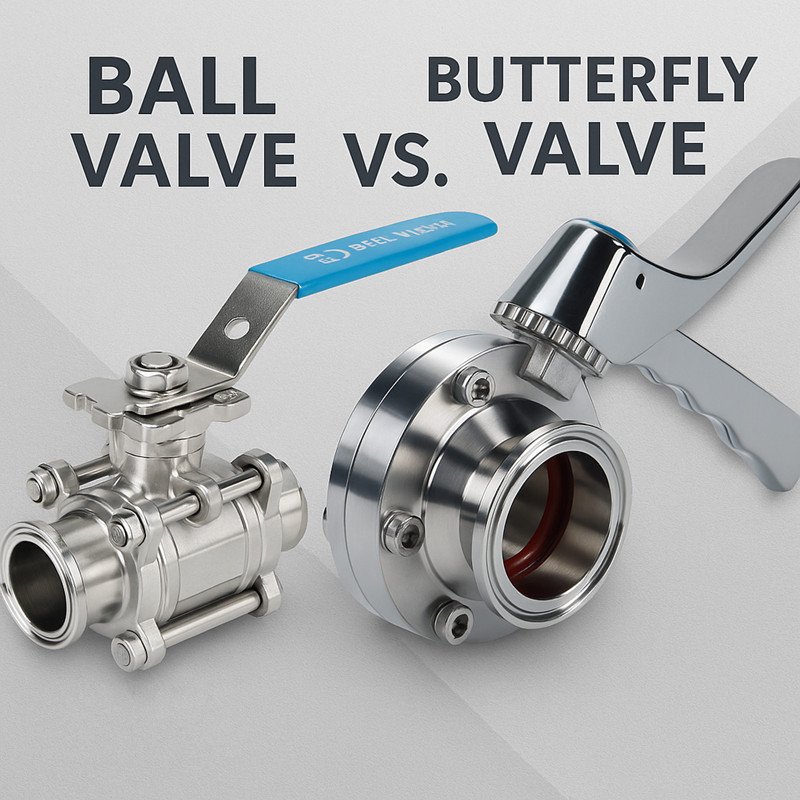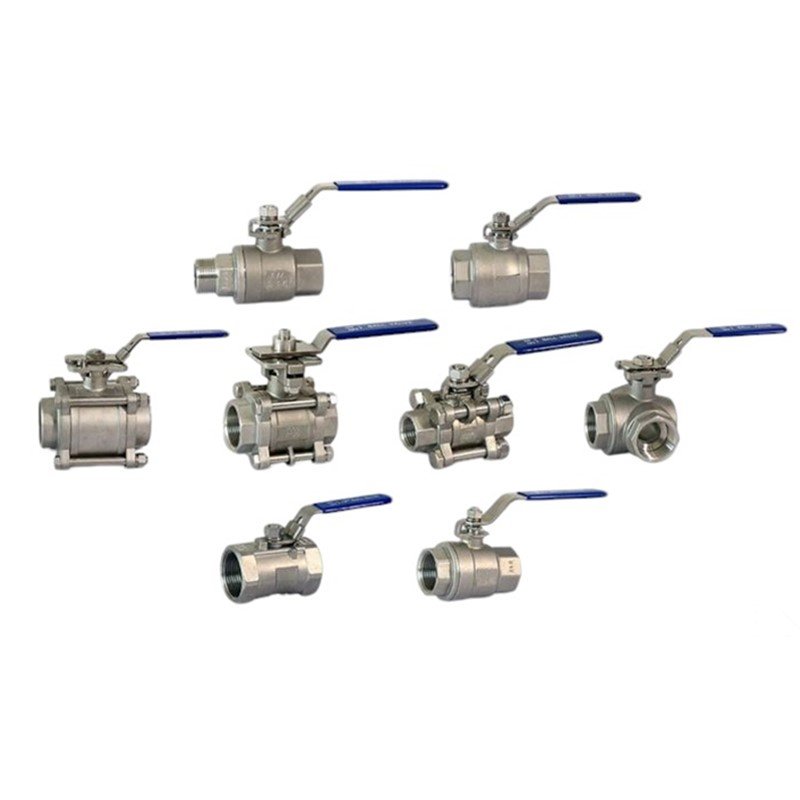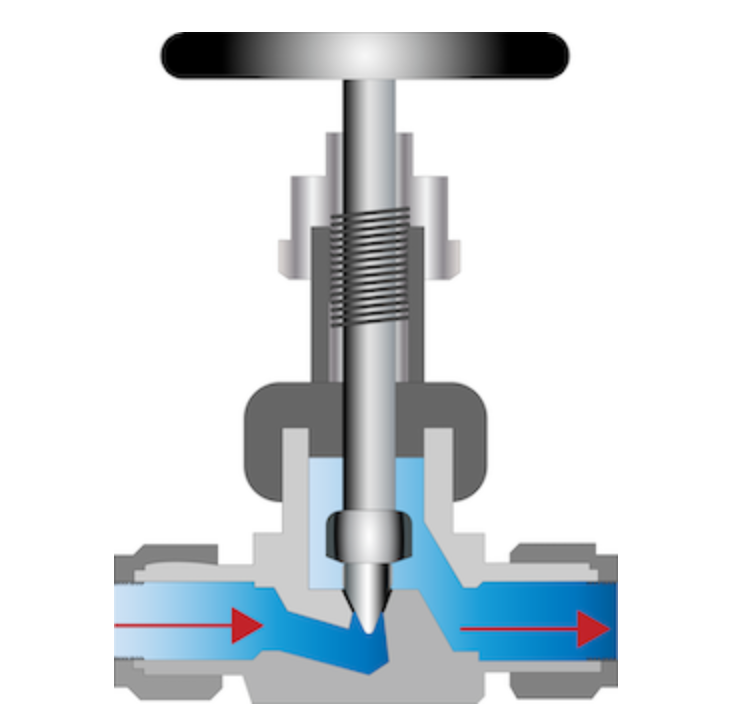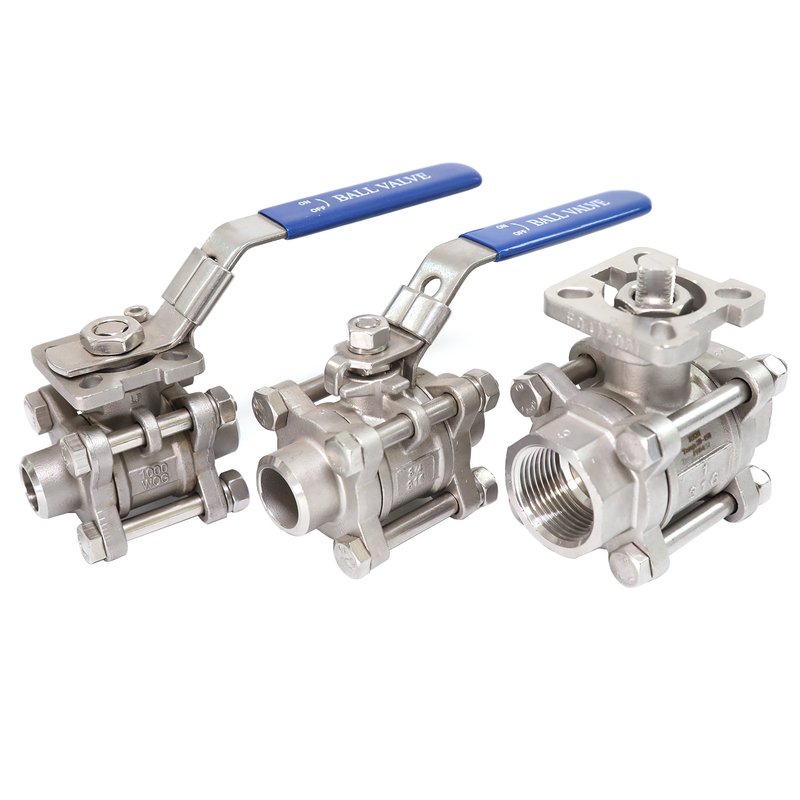Instrumentation valves play a crucial role in controlling the flow of fluids and gases in various industrial systems. If you’re working with processes that involve precise flow control, you need to understand the various types of instrumentation valves, their applications, and how to maintain them. This article aims to provide a deeper understanding of how these valves work and offer a guide for selecting and maintaining the right one for your system.
Instrumentation valves are essential components in process control systems, regulating the flow, pressure, and direction of liquids and gases. Choosing the right type of valve can significantly impact the efficiency and safety of your system. In this guide, we’ll dive into the types of instrumentation valves, their applications, and best practices for maintenance.
Transitioning from the basics of instrumentation valves, let’s explore their function, types, and applications.
What Are Instrumentation Valves?

Instrumentation valves are designed to control and regulate the flow of fluids and gases in various systems. They are typically used in process control systems, where precise regulation of flow, pressure, or temperature is required.
The function of instrumentation valves is to provide an effective means of controlling or isolating fluids or gases. They are essential in safeguarding equipment from harmful or excessive pressures and flow rates, preventing potential damage or safety hazards.
Key Functions:
- Flow Regulation: Controlling the amount of fluid or gas passing through.
- Pressure Control: Maintaining or reducing pressure levels to safe standards.
- Shut-off Capabilities: Completely isolating parts of the system when necessary.
These valves are critical in a variety of industries, including oil & gas, pharmaceuticals, and water treatment. In such systems, a malfunctioning valve can lead to costly downtime or catastrophic failures.
Types of Instrumentation Valves
Ball Valves
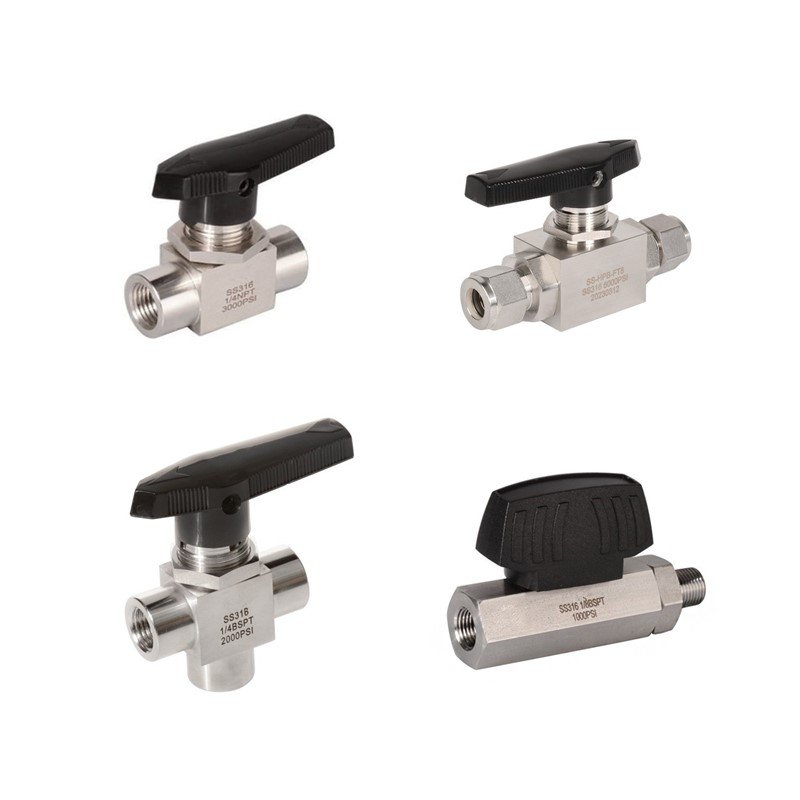
Ball valves are one of the most common types of instrumentation valves. They consist of a hollow, perforated, and pivoting ball that controls the flow of fluids. The ball valve’s simple design allows it to provide reliable and quick shut-off in a wide range of systems.
Applications:
- Flow regulation in pipelines.
- Used in high-pressure systems.
- Isolating sections of a system.
Advantages:
- Durability: Ball valves are known for their long lifespan and ability to handle high pressures and temperatures.
- Quick shut-off capabilities.
Materials Used:
- Stainless steel, brass, or bronze are common materials for manufacturing ball valves due to their resistance to corrosion and wear.
Needle Valves

Needle valves are designed for precise control of small flow rates. They consist of a tapered needle that is inserted into a valve seat. This design allows for very fine adjustments to the flow rate, which is especially useful in applications requiring exact measurements.
Applications:
- Flow control in low-flow systems.
- Used in laboratories and testing environments.
Pros:
- High precision control.
- Easy to adjust flow rates in small increments.
Cons:
- Not suitable for large flow volumes.
- May become clogged with particulate matter.
Manifold Valves

Manifold valves combine multiple valves into a single unit, simplifying the configuration of your piping system. They typically include shut-off, vent, and drain valves in one body.
Applications:
- Pressure and flow control.
- Commonly used in differential pressure applications.
Check Valves

Check valves prevent the backflow of fluid, ensuring that flow only moves in one direction. They are essential for maintaining the integrity of a system, especially in pumps and pipelines.
Applications:
- Preventing backflow in water systems.
- Maintaining correct fluid direction in pipelines.
Gate, Globe, and Other Specialty Valves
Gate, globe, and specialty valves are used for specific purposes in certain applications. Gate valves are used to completely shut off flow, while globe valves are often used for flow regulation.
Applications:
- Gate valves: Blocking flow completely in pipelines.
- Globe valves: Flow regulation in systems requiring fine adjustments.
How Do Instrumentation Valves Work?
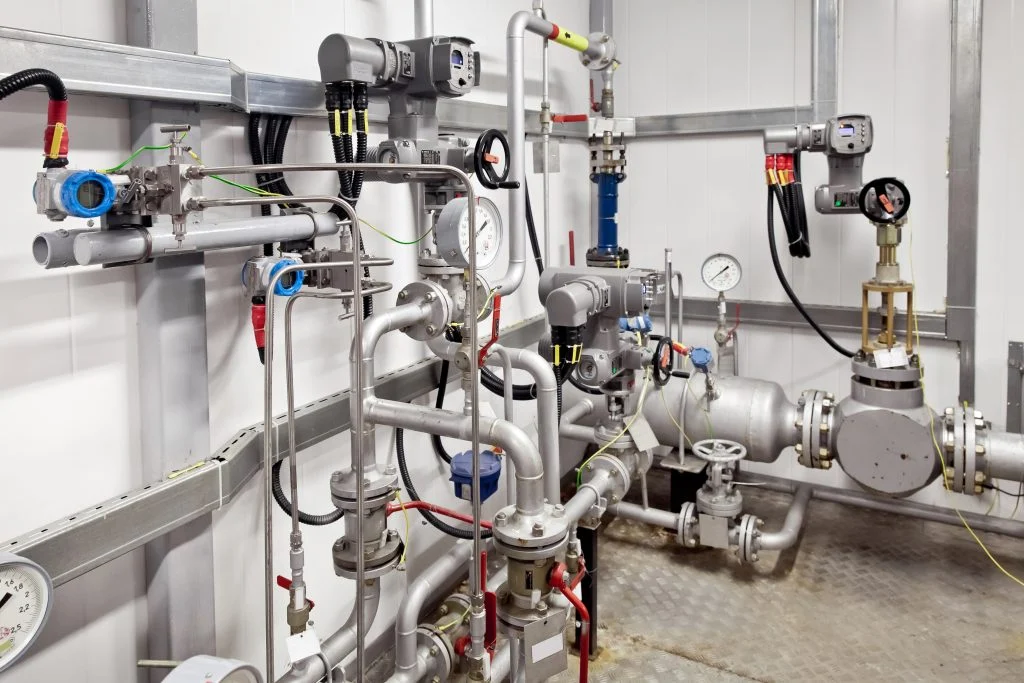
Instrumentation valves work by controlling the flow of fluid or gas through a pipeline system. The basic mechanism includes regulating the flow, controlling pressure, and shutting off flow completely when required.
Basic Valve Mechanisms:
- Flow Regulation: Valves like ball and needle valves allow you to adjust the flow of fluid with precision.
- Pressure Control: Valves are often integrated with pressure sensors to maintain safe operating pressure.
- Shut-off Capabilities: Certain valves are designed to completely isolate sections of the system, preventing fluid from passing.
Example of Industrial Valve Setup:
- Oil & Gas: Instrumentation valves are used to control the flow of oil or gas through pipelines, ensuring that it flows safely and efficiently.
- Pharmaceuticals: Needle valves help maintain precise flow control in processes where exact measurements are critical.
By integrating instrumentation valves into your system, you can ensure the correct flow, temperature, and pressure levels, significantly improving system efficiency and safety.
Materials Used for Instrumentation Valves
Stainless Steel, Brass, Bronze, and Other Materials
The materials used for instrumentation valves are crucial to their performance, especially in terms of durability, corrosion resistance, and compatibility with various fluids and gases.
Material Considerations:
- Corrosion Resistance: Materials like stainless steel and bronze are commonly used in harsh environments.
- Temperature Range: Different materials can withstand different temperature ranges, making it important to select a material that fits your specific system requirements.
- Pressure Ratings: Each material has specific pressure ratings. Stainless steel is ideal for high-pressure systems, while brass may be used in lower-pressure environments.
Table of Common Valve Materials:
| Material | Key Features | Common Applications |
|---|---|---|
| Stainless Steel | Corrosion-resistant, durable | Oil & gas, pharmaceutical |
| Brass | Cost-effective, corrosion-resistant | Water treatment, HVAC |
| Bronze | High resistance to corrosion | Marine, chemical processing |
Choosing the Right Instrumentation Valve
When choosing the right instrumentation valve, it’s essential to consider several factors such as fluid type, pressure, temperature, and flow requirements. Here’s how to make the best decision for your application:
Key Factors:
- Fluid Type: Different valves are designed for use with specific types of fluids (liquids, gases, or slurries).
- Pressure and Temperature: High-pressure systems require valves made from materials that can withstand extreme conditions.
- Flow Requirements: Consider the flow rate and precision needed for your application.
Total Cost of Ownership:
It’s not just about the initial purchase price. Consider installation costs, maintenance, and the expected lifespan of the valve to calculate the total cost of ownership.
Industry-Specific Needs:
- Aerospace: Lightweight, corrosion-resistant valves are needed.
- Chemical Processing: Valves that can handle aggressive chemicals and high temperatures.
Applications of Instrumentation Valves
Industrial Applications
Instrumentation valves are crucial in industries like manufacturing, energy production, and water treatment. For example, in water treatment plants, valves regulate the flow of water to ensure that it is properly filtered and distributed.
Pharmaceutical and Food Industry
In the pharmaceutical industry, precision is key. Valves like needle and ball valves are used to control the flow of critical materials such as medicines and chemicals.
Oil & Gas Sector
In the oil and gas sector, valves are used for safety, pressure regulation, and fluid control in pipelines and refineries. Check valves prevent backflow, ensuring that the pipeline operates safely.
Maintenance and Troubleshooting of Instrumentation Valves
Regular inspection and maintenance are essential to ensure the long life and efficiency of your instrumentation valves.
Common Issues:
- Leaks: Leaks are often caused by damaged seals or improper installation.
- Corrosion: Valves exposed to harsh chemicals or extreme temperatures may suffer from corrosion.
- Wear: Over time, components like valve seats or stems may wear out, affecting valve performance.
Troubleshooting Tips:
- Check for leaks by using a pressure test or visual inspection.
- Clean valves regularly to prevent build-up that can cause blockages or malfunction.
Advanced Technologies in Instrumentation Valves
As industries continue to evolve, smart valves are becoming more prevalent. These valves can be integrated with IoT systems, allowing for remote monitoring and predictive maintenance.
Future Trends:
- Automation and AI are expected to play a major role in optimizing valve operations and improving system efficiency.
- Predictive maintenance will help prevent failures by forecasting when maintenance is needed based on data.
Frequently Asked Questions (FAQ)
Q1: What is the difference between a ball valve and a needle valve?
Ball valves are used for fast on/off flow control, while needle valves are designed for precise, incremental flow adjustments.
Q2: How can I prevent my valves from corroding?
Ensure the valve is made from corrosion-resistant materials and regularly maintain the system to avoid build-up and contamination.
Q3: How do I choose the right valve material for my system?
Choose a material based on the temperature, pressure, and fluid compatibility. Stainless steel is ideal for high-pressure, high-temperature systems.
Q4: Can instrumentation valves be used in high-pressure systems?
Yes, some instrumentation valves are specifically designed for high-pressure applications, such as ball valves and gate valves.
Q5: What are the signs of a malfunctioning instrumentation valve?
Common signs include leaks, pressure drops, or inconsistent flow control. These issues should be addressed immediately to prevent system failure.
Conclusion
Understanding the different types, applications, and best practices for maintaining instrumentation valves is essential for ensuring the efficiency and safety of your fluid and gas control systems. By choosing the right valve and maintaining it properly, you can optimize your processes for better performance and longer lifespan.


